GM Defends Full-Sized Truck Investment
The word “truth” in our title has long been a cudgel for our critics, who, finding fault with our analysis, condemn us for failing to publish their version of the truth. But, as I’ve steadfastly maintained since taking up TTAC’s editorial reins, we do not hold ourselves up as the sole source of truth. Rather, by provoking an engaging discussion, we hope that our readers will use our posts as a jumping-off point to debate the issue at hand with vigor. The truth, as I find myself saying again and again, is a journey, not a destination.
Accordingly, I’m always thrilled when manufacturers read our pieces and offer up their own counterpoint to the discussion, broadening our understanding of the issue at hand and moving the conversation forward. One of my posts from yesterday, which examined GM’s decision to invest in full-sized truck production in the midst of CAFE negotiations and an inventory backlog, has drawn just such a thoughtful response from GM’s Tom Wilkinson, which is published after the jump. It provides some inside perspective on GM’s decision to move forward with the next generation of full-sized pickups, and is a great example of the kind of conversations that TTAC hopes to start every day.
Wilkinson, who works on the Chevrolet communications team, writes:
Customers currently buying pickups are generally those who need the capability of a full-size truck for hauling and/or towing. Consequently, we expect full-size pickups to remain around 11 percent of the total U.S. vehicle market. Chevrolet is currently a strong second in the segment, with 27 to 28 percent share, and we expect to defend, and potentially grow that share.
Following a boom during the mid-1990s, resulting from the demise of most large cars and station wagons coupled with cheap gas and attractive lease payments, utilities have returned to pre-boom sales levels. Full-size utilities are purchased by affluent customers who need passenger and cargo space and towing capability, and we expect volume to remain relatively stable. Chevrolet intends to defend its dominant position (almost 50 percent share) with a new generation of more efficient Tahoes and Suburbans.
You are correct that many of the personal use buyers who fueled the truck boom have moved on, to sporty cars for those who just wanted power and style, and to crossovers for those who just need space. Please note that Chevrolet and other GM brands are doing very well in both segments, so it is not like we lost these customers.
I don’t think we, or any of our competitors, expect full-size trucks to return to housing-boom levels. Note that we have resized our manufacturing footprint to compete effectively and profitably at realistic future sales levels. That fact seems to be lost on some of the critics, who seem to have snoozed through the plant closings of the past few years.
More by Edward Niedermeyer
Latest Car Reviews
Read moreLatest Product Reviews
Read moreRecent Comments
- Jeff Self driving cars are not ready for prime time.
- Lichtronamo Watch as the non-us based automakers shift more production to Mexico in the future.
- 28-Cars-Later " Electrek recently dug around in Tesla’s online parts catalog and found that the windshield costs a whopping $1,900 to replace.To be fair, that’s around what a Mercedes S-Class or Rivian windshield costs, but the Tesla’s glass is unique because of its shape. It’s also worth noting that most insurance plans have glass replacement options that can make the repair a low- or zero-cost issue. "Now I understand why my insurance is so high despite no claims for years and about 7,500 annual miles between three cars.
- AMcA My theory is that that when the Big 3 gave away the store to the UAW in the last contract, there was a side deal in which the UAW promised to go after the non-organized transplant plants. Even the UAW understands that if the wage differential gets too high it's gonna kill the golden goose.
- MKizzy Why else does range matter? Because in the EV advocate's dream scenario of a post-ICE future, the average multi-car household will find itself with more EVs in their garages and driveways than places to plug them in or the capacity to charge then all at once without significant electrical upgrades. Unless each vehicle has enough range to allow for multiple days without plugging in, fighting over charging access in multi-EV households will be right up there with finances for causes of domestic strife.



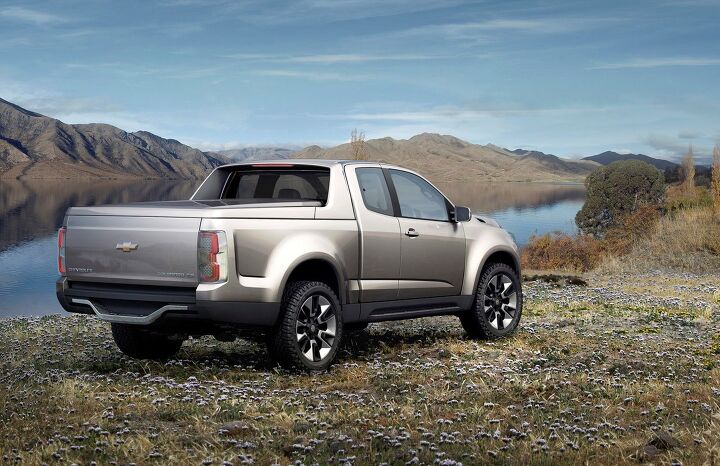















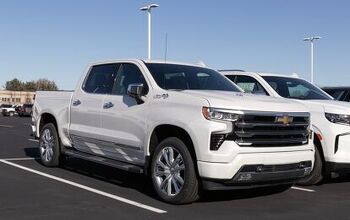
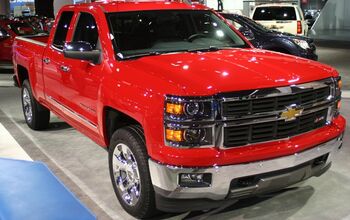
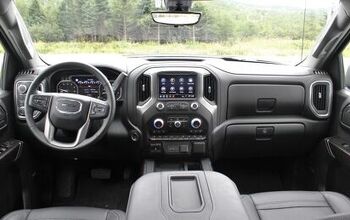
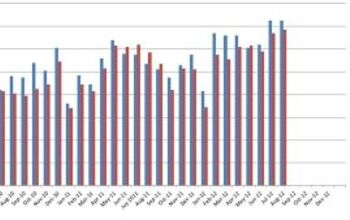
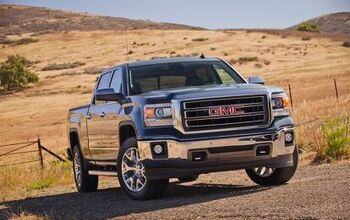










Comments
Join the conversation
How do places such as Europe get along ok without pickup trucks?
No matter what CAFE noise is being made today or requirements are planned for tomorrow, at the end of the day no CAFE rule will survive that does not allow the Big Three to make a profit - and that means selling highly profitable full-size trucks. Tolerance for CAFE only exists when CAFE is playing catch up to automaker technology instead of the other way around. As soon as that dynamic reverses and CAFE becomes painful, the automakers know that a change in policy is only one election away.